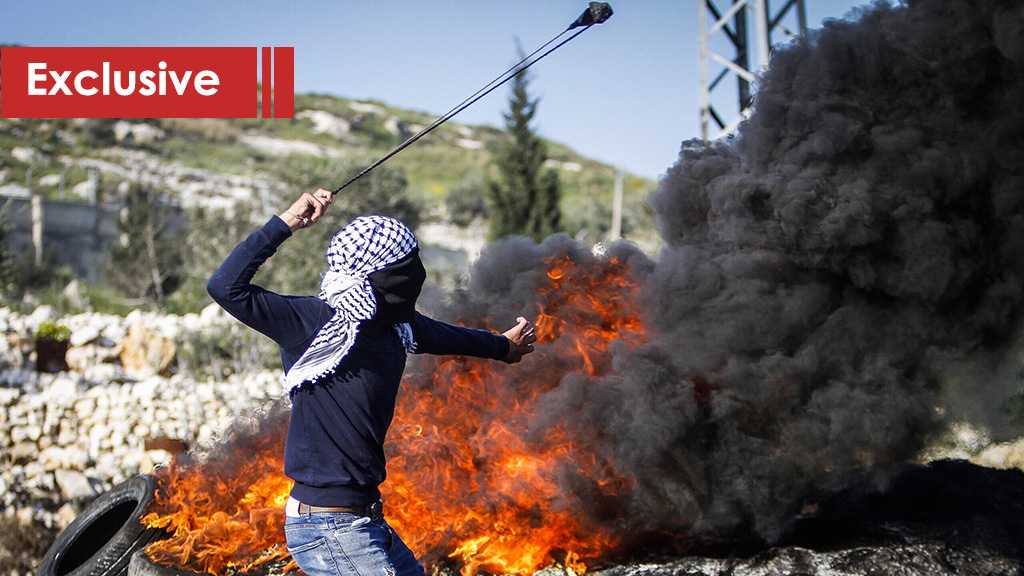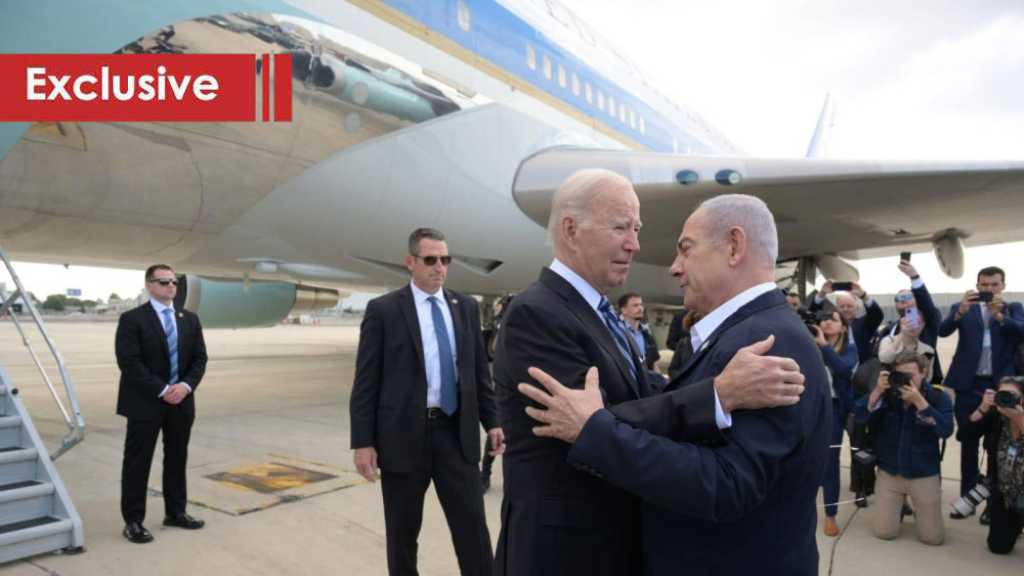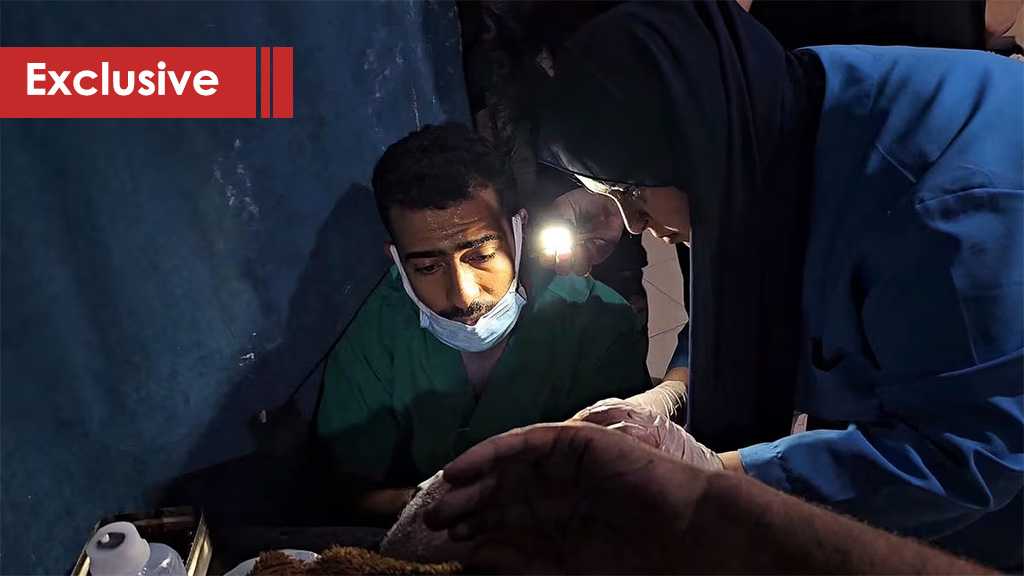
The West Bank: From Stone-Throwing to Explosive Devices

By Khalil Nasrallah
Beirut – During the first and second intifadas, hurling stones at the “Israeli” military machine took center stage. While shootings and martyrdom operations did take place, the stone defined the Palestinian struggle.
Stone-throwing operations were accompanied by car-ramming operations after 2005, as dozens of Palestinians carried out these sorts of operations prior to stabbing operations. The knife was introduced into the battle, strengthening the spirit of resistance among the Palestinian people in the occupied West Bank as the “Israelis” worked to crush the armed resistance in several ways after failing to diminish their spirit.
When the cities and camps were invaded, there were two types of weapons – the stone and the Molotov cocktail. They did not prevent an “Israeli” invasion or an aggressive mission, but they strengthened the spirit of resistance and its prospects of exploding whenever military capabilities became available.
Arming the West Bank was a must. And that is what the Leader of the Islamic Revolution His Eminence Imam Sayyed Ali Khamenei called for nearly a decade ago. This was a practical indication that the arming of and support for the resistance in the West Bank had been initiated.
The “Israelis” could not have imagined that any of this would succeed. The West Bank was sealed off by “Israel”, which had an extensive intelligence network that cooperated with the Ramallah authority when it came to security.
After the al-Quds Sword Battle in May 2021, the vanguards of the resistance fighters paved the way for shooting operations targeting checkpoints and sometimes “Israeli” forces carrying out incursions.
Things evolved gradually. We started witnessing a greater rush to carry out operations inside the 1948 occupied territories. This time, they were not with explosive belts but with weapons, during which the fidai opens fire at “Israeli” settlers, soldiers, or police, with the knowledge of the inevitability of his martyrdom.
In the West Bank, the matter escalated, specifically in its north, more specifically in Nablus, the Old City, as well as Jenin and its refugee camp. Shooting operations and throwing homemade pipe bombs became an essential part of any response. However, what was impressive was the infrastructure and organizational structure of the resistance, with the al-Quds Brigades as well as some groups belonging to the al-Qassam Brigades leading the charge.
This organizational structure has moved to another stage, which is the explosives, not the ones that cause noise and damage, but rather the most severe ones. This was evident in the Jenin ambush, where a 40-kilogram bomb was used. It destroyed an “Israeli” Cheetah armored vehicle.
The introduction of explosives onto the scene posed a challenge to the “Israeli” security establishment. It was the motive behind the decision to launch a battle in the Jenin camp. In that battle, the resistance fighters confronted the “Israelis” with ambushes and several highly explosive devices. The explosive device became an important part of confronting the “Israeli” incursions.
In addition to Jenin to Nablus, resistance fighters detonated a large explosive device and damaged an “Israeli” bulldozer at the Nur Shams camp in Tulkarem. All of this indicates the following:
- Explosive devices have become a weapon along with the gun and are not confined to Jenin.
- The resistance has undisclosed capabilities.
- The resistance is developing its tools and has the ability to overcome the enemy's barriers and prevent it from reaching its military infrastructure.
- The resistance is hiding many surprises, and it may reveal them successively.
What was remarkable during the battle of Jenin was that the enemy, which was unable to strike the infrastructure and organizational structure of the resistance, tried to portray the identification of suspicious packages as an achievement. This indicates that the enemy suffers from a complex in this regard.
Whoever kept pace with the course of the resistance fighters’ work, who set out with stones and Molotov cocktails and then reached the weapon and the explosive device, can conclude that the will factor is present.
It even seeks further development and pushes the limits on the possession of combat tools. We may witness rockets launched from the West Bank one day, and there are indications to suggest that efforts are underway in this regard.



